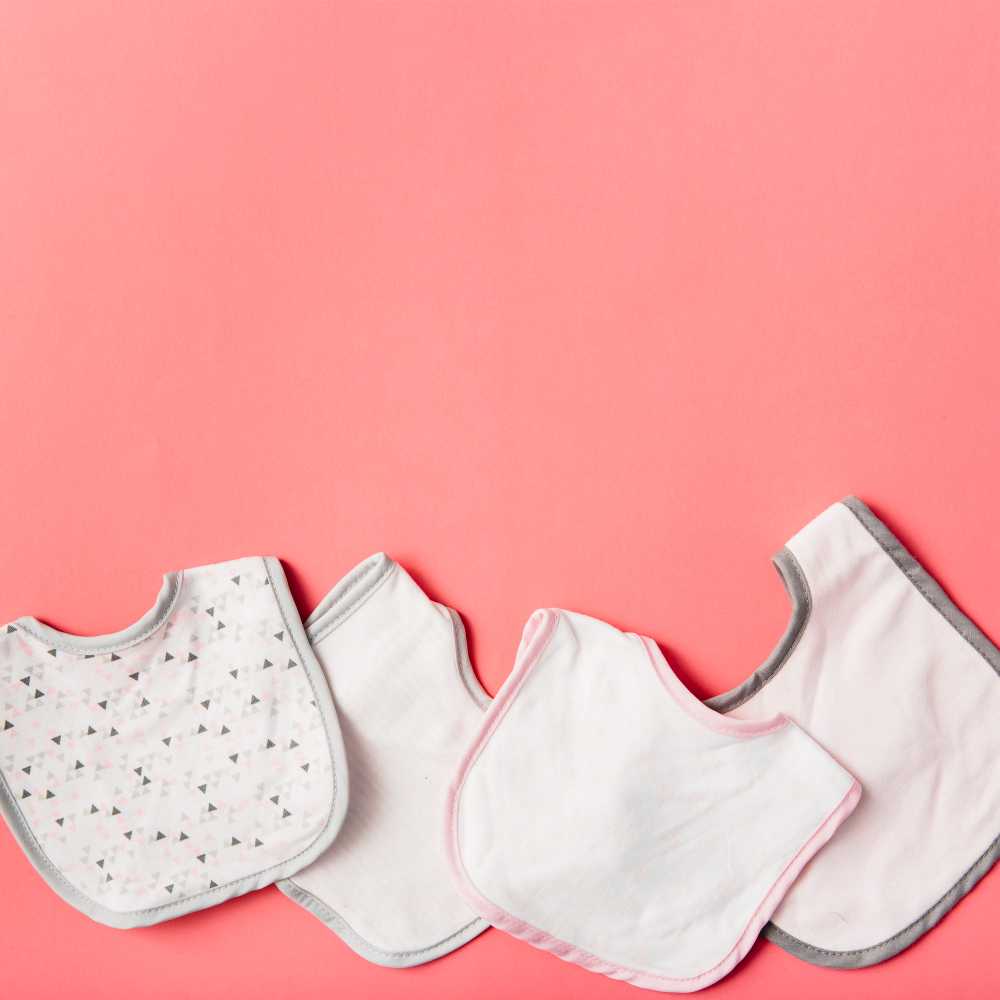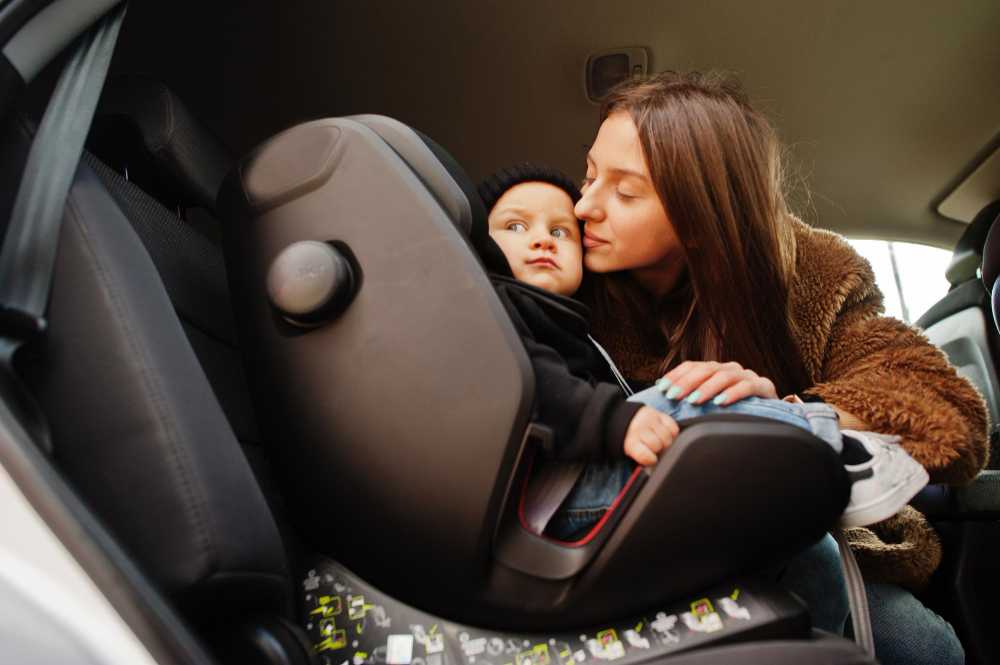Miku vs Owlet – A Comprehensive Review of Smart Baby Monitors

Baby monitors are vital for ensuring the safety of our young ones. Thus, picking the right one is a big decision for parents. But, knowing which one to select can be confusing with numerous options out there. Miku and Owlet are popular choices known for their cool features and high-tech monitoring.
In this real mom review, we’ll compare Miku vs Owlet baby monitors, aiming to provide valuable insights for parents seeking the best monitoring solution for their precious bundles of joy.
The Miku Smart Baby Monitor
Let’s kick things off by taking a closer look at the Miku Smart Baby Monitor. This device has garnered attention for its cutting-edge technology and comprehensive monitoring capabilities. Miku is proud to do more than regular baby monitors. It goes beyond just audio and video monitoring, providing extra features.
The Miku Smart Baby Monitor is an amazing piece of technology that has advanced features to make parenting even better. Here’s a closer look at Miku’s standout features:
Breathing Monitoring
Miku employs sensor fusion technology to monitor the baby’s breathing patterns without relying on wearables. This non-intrusive approach sets Miku apart from traditional monitors, providing parents with real-time insights into their baby’s respiratory rates without disturbing their comfort.
Crystal-Clear Video Quality
The Miku camera boasts an impressive 1080p resolution paired with a wide-angle lens. This implies you get clear videos and can see a lot in your baby’s crib. Parents can watch everything their baby does for a complete visual experience.
Day and Night Monitoring
Miku’s night vision is great for keeping an eye on your baby around the clock. The camera easily switches between day and night modes, giving clear visibility even in low light. This helps parents watch over their little ones and feel at ease 24/7.
Two-Way Audio Communication
The Miku Smart Baby Monitor includes a two-way audio communication feature. This lets parents talk to and comfort their baby remotely. Whether a soothing lullaby or a comforting word, this feature enhances the connection between parents and their little ones, even from a distance.
Comprehensive App Integration
Miku goes beyond the basic monitoring functions with its dedicated app. The app gives you live updates on things like room temperature and humidity. You can set personalized alerts to stay informed about your baby’s wellbeing and make adjustments as needed.
Data Security
Recognizing the sensitivity of baby monitoring data, Miku prioritizes security. The monitor employs encryption protocols to safeguard the privacy of the transmitted data. This ensures a secure and protected environment for the baby’s information.
User-Friendly Setup
Miku’s user-friendly setup has received acclaim from parents. The intuitive design and straightforward installation process make it accessible for users, minimizing any potential hurdles and allowing parents to focus on the joy of parenting rather than navigating complex technology.
In essence, the Miku Smart Baby Monitor is more than just a monitoring device; it’s a technological ally for parents seeking a seamless and advanced solution for baby care.
Owlet Baby Monitor
Owlet is another popular choice among parents. The Owlet Baby Monitor gives parents a complete view of their baby’s health. Let’s explore the main features that make it a great choice.
Smart Sock Wearable Technology
The Owlet Baby Monitor has a key component called the Smart Sock. This wearable device goes on the baby’s foot and uses pulse oximetry to measure heart rate and oxygen levels. It provides a more detailed health overview compared to regular monitors.
Base Station Integration
The Smart Sock sends data to a central hub, letting parents monitor their baby’s vital signs in real time for a prompt response to any issues.
Video Streaming
The Owlet Baby Monitor has a camera that provides clear video in 1080p resolution and a wide-angle view. This helps parents see their baby’s crib well for easy monitoring.
Infrared Night Vision
The Owlet camera is equipped with infrared night vision to maintain visibility during nighttime hours. This feature reassures parents that they can keep a watchful eye on their baby at all times.
Comprehensive App Insights
The Owlet app serves as a central hub for health insights and monitoring data. Parents can access live information from both the Smart Sock and the camera. This provides a comprehensive overview of your baby’s sleep patterns, heart rate, oxygen levels, and more.
Data Security Measures
Recognizing the sensitivity of health-related data, Owlet prioritizes data security. The monitor employs measures to safeguard the privacy of the transmitted information, ensuring a secure environment for the baby’s health data.
Intuitive Interface
The Owlet Baby Monitor is easy to use with its Smart Sock wearable and camera. Both the monitor and the app have a simple design, making it easy for parents to monitor their baby without losing any features.
In summary, the Owlet Baby Monitor distinguishes itself with its wearable Smart Sock technology, providing a more in-depth health perspective alongside high-quality video monitoring.
Miku vs Owlet Dream Duo: A Comparative Overview
The Miku vs Owlet Dream Duo comparison brings together two comprehensive baby monitoring systems, each combining a smart sock monitor and a high-quality camera. Let’s delve into the key points of distinction between Miku’s offering and Owlet’s Dream Duo.
Design and Setup
The first aspect that any mom would consider is the design and ease of setup. Miku boasts a sleek and modern design, blending seamlessly with any nursery decor. Its setup is relatively straightforward, involving a quick installation process that even the busiest moms can manage.
On the other hand, Owlet presents a compact and functional design. Some may find its appearance less stylish compared to Miku, but its practicality cannot be ignored. Setting up the Owlet monitor is also user-friendly, ensuring that even tech-averse moms can get it up and running without a hassle.
Monitoring Technology
Miku: Miku uses sensor fusion technology to keep track of the baby’s breathing without requiring any additional wearables. This approach distinguishes it, offering immediate data on respiratory rates and promptly detecting any irregularities.
Owlet Dream Duo: Owlet uses the Smart Sock, a wearable device that measures oxygen levels and heart rate using pulse oximetry. This information is then sent to the base station, providing a complete overview of the baby’s health.
Video Quality
Miku: The Miku camera has a 1080p resolution and a wide-angle lens, guaranteeing a clear and broad view of the baby’s crib. It also features night vision for visibility in poor lighting conditions.
The Owlet Dream Duo has an Owlet camera with 1080p resolution and a wide-angle lens. This ensures that it offers quality video streaming. Additionally, it comes equipped with infrared night vision for clear monitoring during nighttime hours.
Wearables
Miku: Miku stands out for its non-intrusive monitoring, eliminating the need for wearables. The focus is on the camera and advanced sensor technology.
Owlet Dream Duo: The Owlet Smart Sock is a key component of the Dream Duo, offering wearable monitoring through pulse oximetry. It provides additional health insights beyond the camera’s capabilities.
Data Integration
Miku: Connects to a dedicated app that offers real-time data on breathing patterns, customizable alerts for temperature and humidity, and other parameters.
Owlet Dream Duo: The Owlet app integrates data from the Smart Sock and camera, providing real-time health information, sleep tracking, and historical data for a comprehensive overview.
Communication
Miku: Two-way audio communication allows parents to interact with their baby remotely, providing comfort and reassurance.
Owlet Dream Duo: Similar to Miku, Owlet’s camera includes two-way audio functionality, enabling parents to soothe their baby from a distance.
Security
Miku: Implements encryption protocols to ensure the security and privacy of the baby’s data transmitted through the monitor.
Owlet Dream Duo: Prioritizes data security to protect sensitive health information gathered by the Smart Sock and camera components.
Ease of Use
Miku: Moms appreciate the simplicity of Miku’s setup, its non-intrusive monitoring, and the absence of wearables. The intuitive app enhances user experience.
Owlet Dream Duo: While effective, the Smart Sock’s wearability has mixed reviews regarding comfort. The integration with the Owlet app provides a user-friendly interface for monitoring.
Reliability
Miku: Users generally report reliability in terms of monitoring breathing patterns and timely alerts. Having good connectivity is vital for the baby monitor to operate smoothly.
People have praised Owlet’s Smart Sock for accurately measuring heart rate and oxygen levels, along with the camera’s performance. Occasional connectivity issues have been reported.
Miku vs. Nanit Plus
Now, let’s explore the comparison between Miku and another prominent player in the baby monitor market – Nanit Plus. The Nanit Plus is known for its high-definition video quality and advanced sleep-tracking capabilities.
Miku and Nanit Plus share similarities in terms of video quality, providing crystal-clear images of your baby. However, Miku takes a step further with its contact-free respiratory monitoring, a feature not present in the Nanit Plus. This sets Miku apart, offering parents an additional layer of insight into their baby’s wellbeing.
While both monitors offer sleep analytics, Miku’s emphasis on non-contact monitoring may appeal to parents who prefer a less intrusive approach. Nanit Plus, on the other hand, relies on a wall-mounted camera that captures your baby’s movements and sleep patterns.
Miku vs. AngelCare
Now, let’s turn our attention to the comparison between Miku and AngelCare, another contender in the baby monitor market. AngelCare is known for its movement sensor pad, which is placed under the baby’s mattress to detect even the slightest movements.
While AngelCare’s movement sensor pad is a unique feature, Miku’s contact-free respiratory monitoring provides a different perspective on tracking your baby’s wellbeing. Miku’s technology eliminates the need for any physical contact, offering a more flexible monitoring solution.
Both monitors provide video and sound capabilities, but Miku’s focus on respiratory monitoring might be a deciding factor for parents who prioritize this aspect of baby monitoring. AngelCare, however, stands out with its movement detection feature, making it a solid choice for parents concerned about sudden infant death syndrome (SIDS).
Miku vs Owlet Comparison in Action – A Day in the Life of a Mom:
To provide a more practical perspective, let’s follow a day in the life of a mom using both Miku and Owlet baby monitors.
Morning Routine
As the day starts, Miku’s smooth design fits well in the baby’s room and records the baby’s first moments waking up using its high-quality camera. The app shows a summary of the baby’s sleep habits, giving information about how well and long the baby slept.
During the night, Owlet’s sock is comfortably worn on the baby’s foot, quietly keeping track of the heart rate and oxygen levels. The base station gives a brief report in the morning, assuring the mom that everything is normal and within expected ranges.
Midday Nap
During the baby’s midday nap, Miku continues to monitor breathing patterns, room temperature, and sleep quality. The app sends notifications if any irregularities are detected, allowing the mom to intervene promptly if needed.
Owlet’s sock remains on the baby’s foot, providing continuous monitoring even during shorter naps. The base station keeps the mom informed, offering peace of mind during the baby’s sleep.
Playtime and Interaction
As the mom engages in playtime and interacts with the baby, both Miku and Owlet continue to run in the background. Miku’s live monitoring ensures that any changes in the baby’s vitals are promptly reflected on the app.
Owlet’s sock adapts seamlessly to the baby’s movements, providing continuous monitoring without hindering playtime. The mom can check the app at any moment, ensuring that the baby’s wellbeing is prioritized during all activities.
Nighttime Routine
Miku’s night vision capabilities offer clear visuals even in poor lighting. The app provides insights into the baby’s sleeping patterns, helping the mom establish a healthy nighttime routine.
Owlet’s sock remains comfortably in place, ensuring that the baby’s vitals are monitored throughout the night. The base station provides live notifications, allowing the mom to sleep soundly, knowing that any issues will be promptly addressed.
The Bottom Line
In conclusion, the Miku vs Owlet Dream Duo comparison underscores the diverse needs and preferences of parents in selecting a baby monitoring system. Miku’s emphasis on non-intrusive monitoring and advanced sensor fusion technology appeals to those seeking a streamlined solution. At the same time, Owlet’s Smart Sock wearable and camera integration caters to parents desiring a more comprehensive health overview.
The choice between Miku and Owlet, as well as other contenders like Nanit Plus and AngelCare, ultimately depends on individual preferences and priorities. As a real mom, the decision between Miku vs Owlet should align with your specific needs and comfort level. Consider factors such as monitoring features, ease of use, and additional functionalities when making your choice. Ultimately, the goal is to find a baby monitor that not only meets your requirements but also provides the reassurance and peace of mind every parent deserves.





